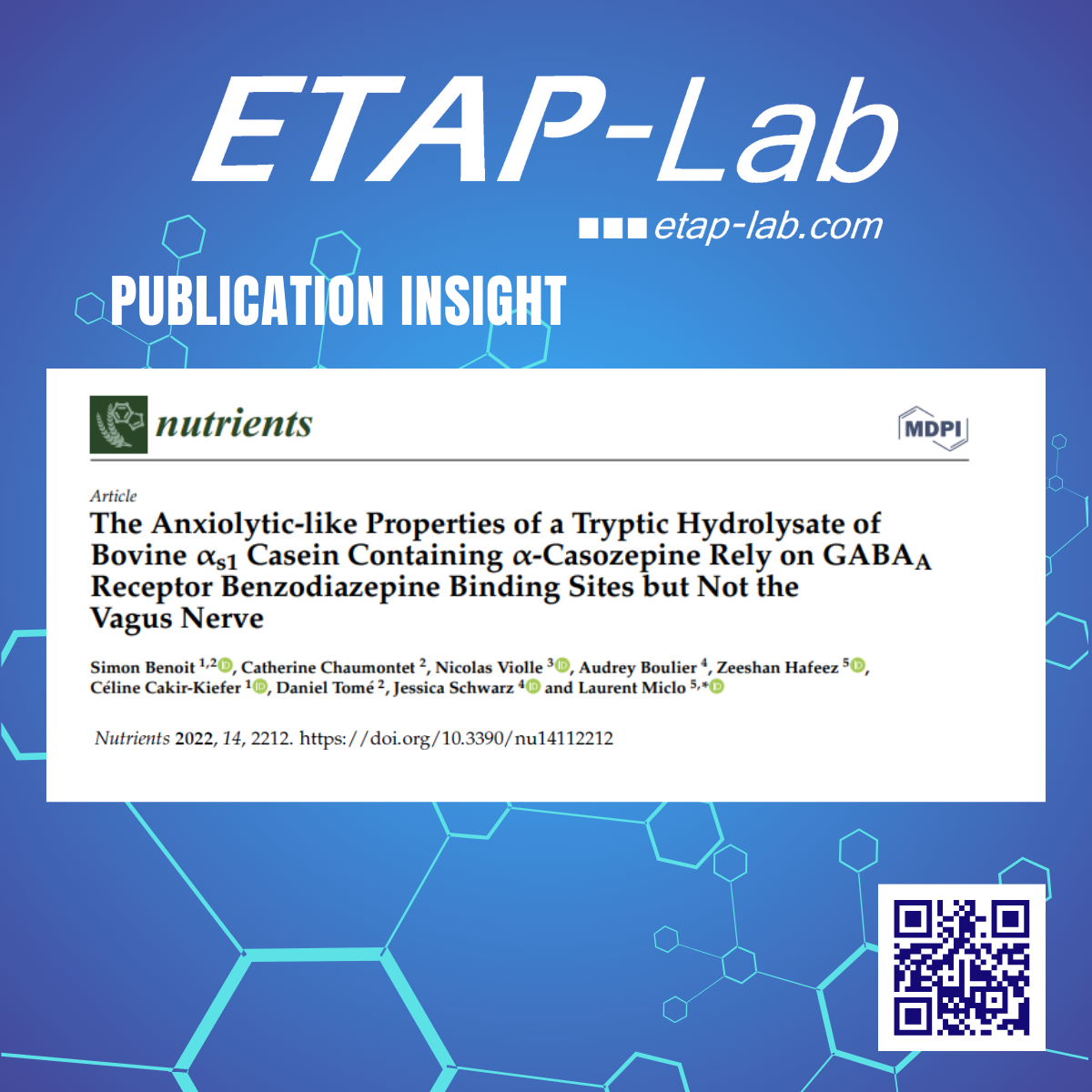Amino acids in seeds and seedlings of the genus Lens.
Rozan P, Kuo YH, Lambein F. - 2001 Phytochemistry, 58:281-9
The amino acid content of seeds and 4-day-old seedlings were studied in five species of lentil: Lens culinaris, L. orientalis, L. ervoides, L. nigricans and L. odemensis. Free amino acid and also total protein amino acid content after HCl hydrolysis were determined by HPLC. The nonprotein UV-absorbing amino acids were determined by capillary zone electrophoresis (CZE). The content of free protein amino acids in seeds varied among species and increased dramatically after germination. Asparagine is quantitatively most important in both seed and seedling. The content of free nonprotein amino acids is variable in seeds and seedlings. gamma-Hydroxyarginine, gamma-hydroxyornithine, alpha-aminobutyric acid and taurine were found in both seeds and seedlings. Homoarginine was found in four species but not in L. orientalis while gamma-aminobutyric acid (GABA), alpha-aminoadipic acid (alpha-aaa) and three isoxazolinone derivatives: beta-(isoxazolin-5-on-2-yl)-alanine (BIA), gamma-glutamyl-BIA (gamma-glu-BIA) and 2-carboxymethyl-isoxazolin-5-one (CMI) were found exclusively in the seedlings. CMI was identified for the first time in lentil species. Lathyrine, beta-(2-amino-pyrimidine-4-yl)-alanine, which was reported to be in the seeds of some Lathyrus species was confirmed to be present also in the seedling of L. culinaris (trace amount), L. nigricans and L. odemensis. Trigonelline (N-methyl-nicotinic acid), a plant hormone, is present both in seeds and seedlings in different concentrations except in L. ervoides. The different combination of nonprotein amino acids among the species gives indication of their genetic relationship and might partly explain the varying compatibility for interspecies crossing.
Link to Pubmed


